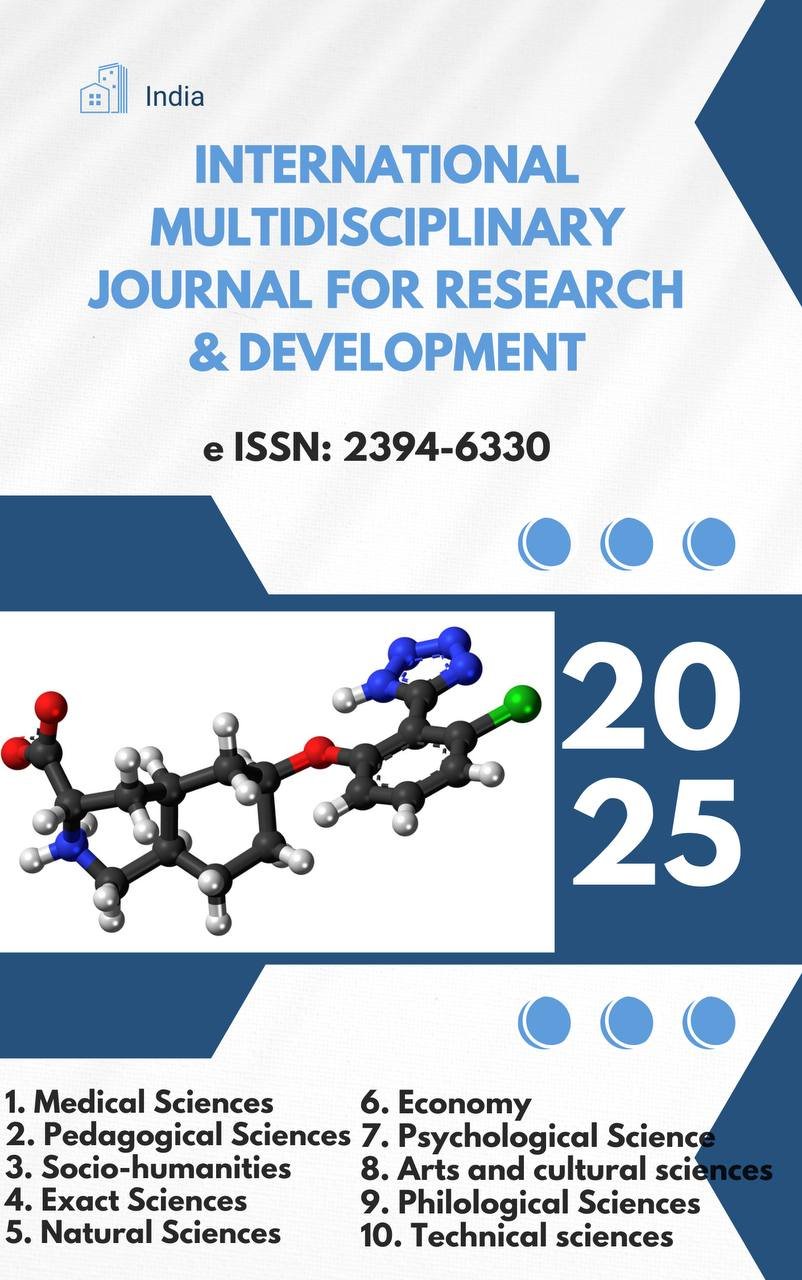THE DYNAMICS OF THE FORMATION OF A MODERN POLITICAL SYSTEM IN AFGHANISTAN: DEVELOPMENT OR FAILURE

Abstract
The article has highlighted progressive reforms in the 20th and 21st century that were primarily structural. This article will unpack some of these to understand the underlying political dynamics and the formation of a modern political system in Afghanistan and their relationship to democratic practices in order to further assess the environment in which accountability emerges.
Keywords
political system, power and legitimacy, statebuilding, democracy, government institutions, parliamentary elections, political parties, tribal representation.
References
- Amiri, A. and Benish, A. J. (2010) The First Experience: Voting Patterns and Political Alignments in Wolesi Jirga, Kabul, Afghanistan Watch.
- Barfield, T. (2010) Afghanistan: A Cultural and Political History, Woodstock, Princeton University Press.
- Coburn, N. (2009) Losing Legitimacy?: Some Afghan Views on the Government, the International Community, and the 2009 Elections, Kabul, AREU.
- Larson, A. (2011) Deconstructing ‘Democracy’ in Afghanistan, Kabul, Afghanistan Research and Evaluation Unit.
- Lough, O. (2011) Practicing Democracy in Afghanistan: Key Findings on perceptions, Parliament and Elections, Kabul, AREU.
- Nixon, H. (2008) Subnational State-Building in Afghanistan, Kabul, AREU.
- Saltmarshe, D. and Medhi, A. (2011) Local Governance in Afghanistan: A View from the Ground, Kabul, Afghanistan Research and Evaluation Unit.
- Van Bijlert, M. (2009b) How to Win an Afghan Election: Perceptions and Practices, Kabul, Afghanistan Analysts Network.
Downloads
Download data is not yet available.